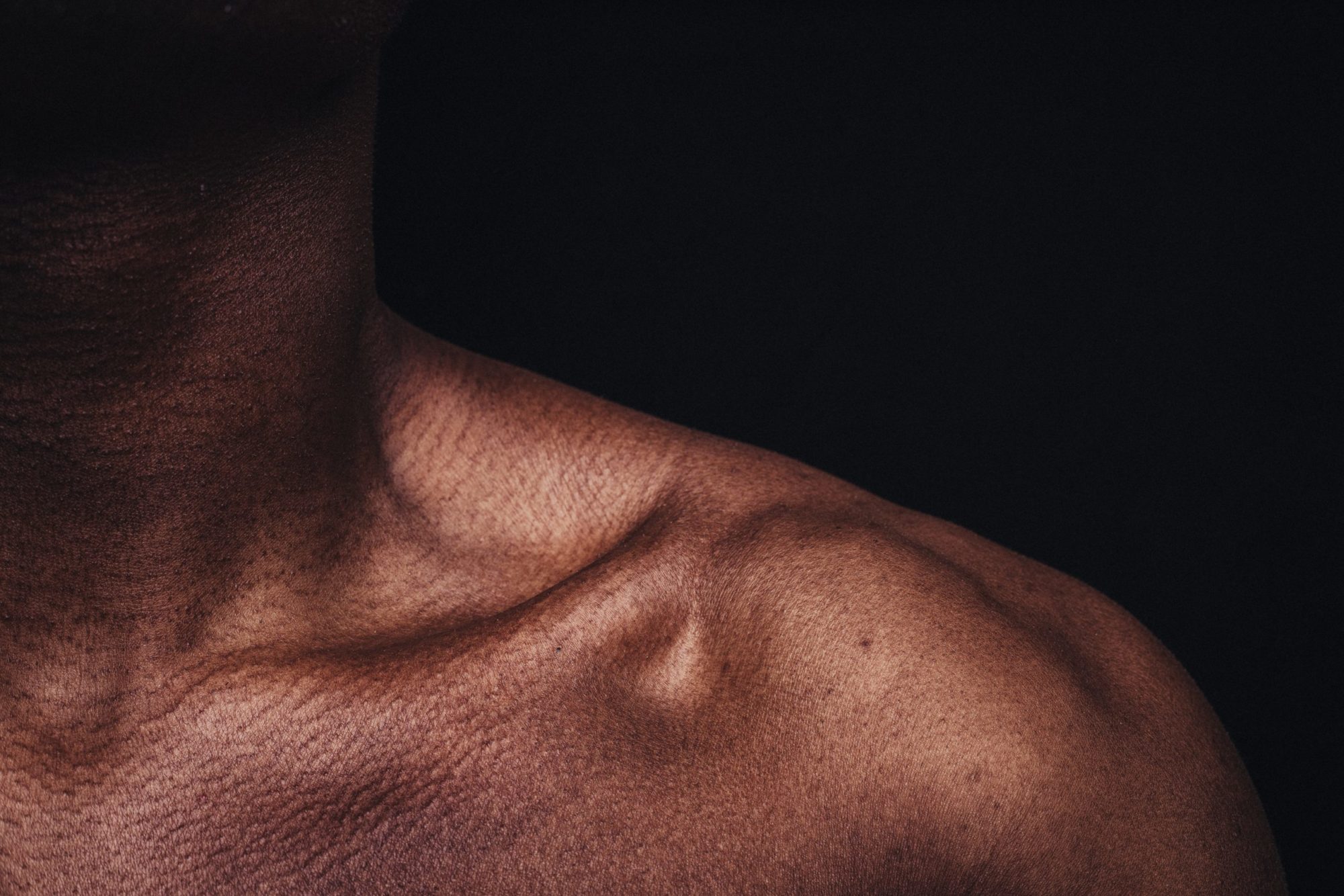On January 6, 2021, many watched, some in horror and others in fear, as a symbol of our democracy — that has not known invasion since 1812 — was overrun by a mob of supporters of the current president of the United States. As Americans watched the events of January 6 unfold, many could not help but see a stark contrast in the police response to the actions of this majority white group of agitators and the response to Black Lives Matters activists and protesters during the numerous demonstrations that took place in the summer of 2020. Refrains like “imagine if they had been Black” and “where are the tanks?!” were scattered across social media platforms, and rightfully so.
Watching the videos of these individuals as they ran through the hallowed halls of the Capitol vandalizing, looting, and stealing, one could not help but think of the brutality witnessed at the hands of the police as Black Lives Matter protesters called for justice and reform after the innumerable deaths of Black individuals this past summer and so many other summers, winters, springs, and falls. In those demonstrations, we saw police officers swarming the streets in tactical gear with weaponry and vehicles that one generally sees in old pictures of wars. We saw cell phone videos obscured by tear gas and, in those videos, heard the cries of people who had been brutalized by those meant to protect and serve them.
It is with those images and sounds in my mind that I tried to consider what this coup would have looked like if those leading the charge had been Black, but my mind struggled to go to a place where such an instance could even be possible. To do so presumes an equality of experience between Black and white people that has never been true in the United States — or indeed most places in the world. To say “imagine if they were Black” is to invite one to swap out the white bodies of those running amok in the Capitol with Black ones. This is a hard thing to even imagine because the reality of Black people being killed for far less than what we witnessed on January 6 is so easily present in my and the minds of many Black Americans on a daily basis.
Indeed, driving while Black, sleeping while Black, walking home while Black, playing with toys while Black have all led to the untimely and unjust killings of Black people. The benefit of the doubt is never given to Black people while it is the foundation of treatment for white people.
LIVING WHILE NOT WHITE
This summer alone we sat and watched in abject horror as life was choked out of George Floyd’s body by the knee of a white police officer. We were subjected to videos of Breonna Taylor’s life being taken in a botched police operation in Louisville, KY. And these were only two instances among a multitude. To juxtapose just those two moments of Black interactions with the police with what we saw at the Capitol building is to dispel even the simplest comparison of what the scene might have looked like if the inciters had been Black. To think that Black people could have gotten even remotely close to the Capitol building, let alone passed the police and gone inside to wreak havoc, is something that not even the best fiction writers could conjure up.
What we witnessed on January 6 is only possible for white Americans because it requires a presumed innocence that has never been given to those without white skin. It assumes the best intentions of individuals, thus allowing them even remote proximity to buildings like the Capitol during a rally. It suggests that even after organizers of this gathering made their intentions clear that there would not be such a threat as to require the personnel, gear, and weapons seen across this country during the Black Lives Matter demonstrations. It assumes that even once they have invaded a federal building, sent lawmakers running to safety, and stolen things from this symbol of our democracy, most of those involved have the right to walk away with their lives and their anonymity. These allowances have never been granted to Black people. Indeed, driving while Black, sleeping while Black, walking home while Black, playing with toys while Black have all led to the untimely and unjust killings of Black people. The benefit of the doubt is never given to Black people while it is the foundation of treatment for white people.
As the events inside the Capitol unfolded, I tweeted “we are watching whiteness at work,” and indeed we were because it is only with the privilege that comes from being white that one’s innocence and good intentions are assumed, despite their actions. And this should not come as a surprise to us because this double standard of treatment based on one’s race is the bedrock of our nation’s history. The very building in which the insurrection occurred would not exist if not for the labor of enslaved Black people. The history of this country’s subscription and contribution to white supremacy is one that is well documented, if not willfully ignored by many in our society.
The mental hurdles that one would have to jump in order to fathom a world where the siege on the Capitol was mounted by Black people are too high. Because not only can I not imagine it, I do not want to imagine the massacre that would have been the result of anything that looked like what we saw on January 6. But while I cannot and do not want to imagine that scenario, I can hope for a world where it would not be necessary.
Julian Wamble is an assistant professor in the Department of Political Science at George Washington University.





















